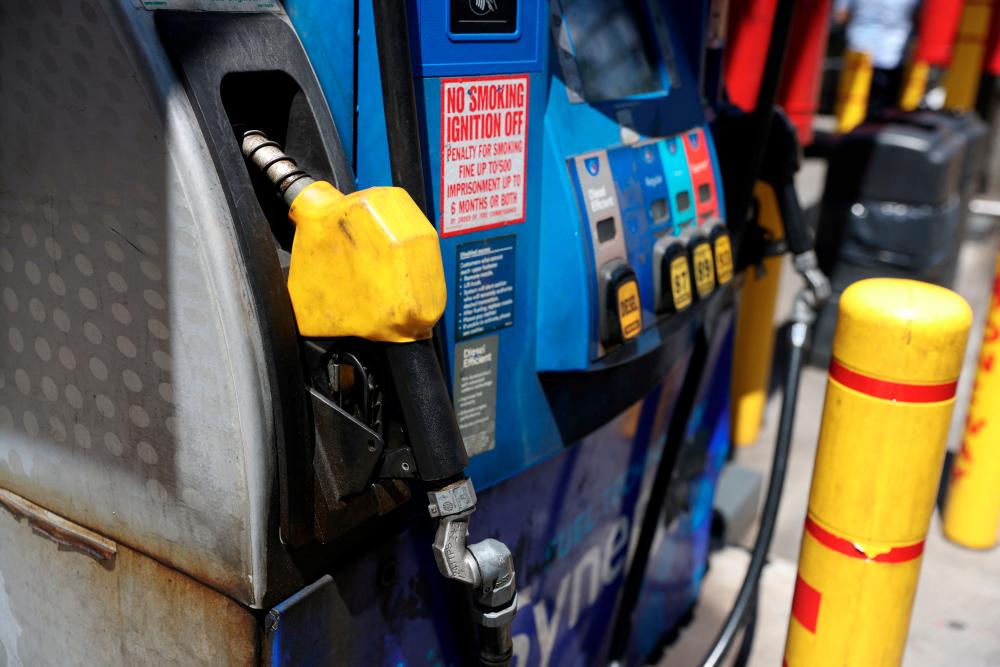NEW YORK: Oil prices settled up more than US$2 on Thursday (Aug 11) after the International Energy Agency (IEA) raised its oil demand growth forecast for this year as soaring natural gas prices have some consumers switching to oil.
Brent crude futures gained US$2.20, or 2.3%, to settle at US$99.60 (RM442.72) a barrel. US West Texas Intermediate (WTI) crude futures settled up US$2.41, or 2.6%, to US$94.34 (RM419.34).
“Natural gas and electricity prices have soared to new records, incentivising gas-to-oil switching in some countries,” the Paris-based agency said in its monthly oil report. It raised its outlook for 2022 demand by 380,000 barrels per day (bpd).
By contrast, the Organization of the Petroleum Exporting Countries (Opec) cut its 2022 forecast for growth in world oil demand, citing the impact of Russia’s invasion of Ukraine, high inflation and efforts to contain the pandemic.
Opec expects 2022 oil demand to rise by 3.1 million bpd, down 260,000 bpd from the previous forecast. It still sees a higher overall global oil demand figure than the IEA for 2022.
Prices were also boosted as the US dollar extended losses against other major currencies after a report showed US inflation was not as hot as anticipated in July, prompting traders to dial back expectations for rate increases by the Federal Reserve.
A rise in US oil inventories last week and resumption of crude flows on a pipeline supplying central Europe capped price gains.
US crude oil stocks rose by 5.5 million barrels in the latest week, the US Energy Information Administration said, more than the expected increase of 73,000 barrels.
Petrol product supplied rose to 9.1 million barrels per day, though that figure shows demand down 6% over the last four weeks from a year earlier.
The premium for front-month WTI futures over barrels loading in six months was pegged at $4.38 a barrel, the lowest in four months, indicating easing tightness in prompt supplies.
Top US Gulf of Mexico oil producer Shell said a pipeline leak prompted it to halt production at three US Gulf of Mexico deepwater platforms designed to produce up to 410,000 barrels of oil per day combined.
Resumption of flows on the southern leg of the Russia-to-Europe Druzhba pipeline further calmed global supply worries. On Tuesday, Russian state oil pipeline monopoly Transneft said Ukraine had suspended flows to parts of central Europe since early this month because Western sanctions prevented it from receiving transit fees from Moscow.
Meanwhile, physical oil prices around the world have begun to sag, reflecting easing concerns over Russian-led supply disruptions and heightened worries about a possible global economic slowdown. – Reuters













